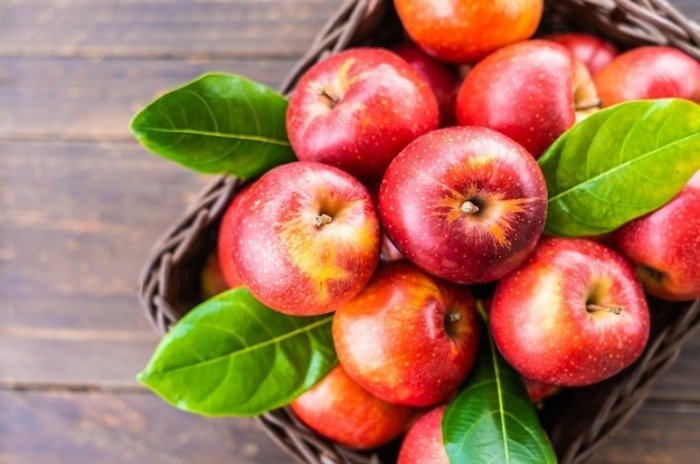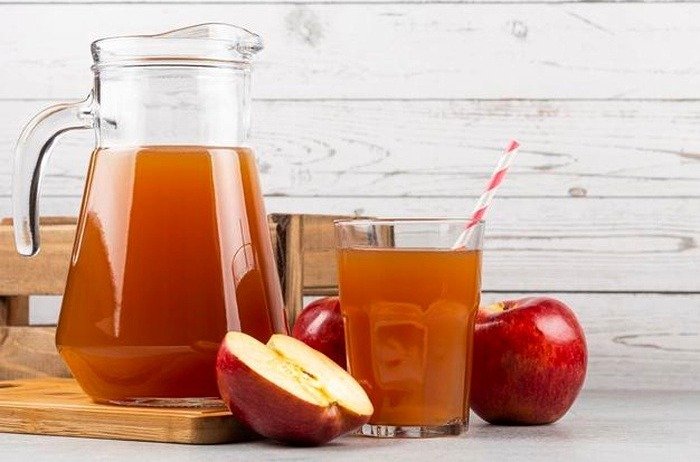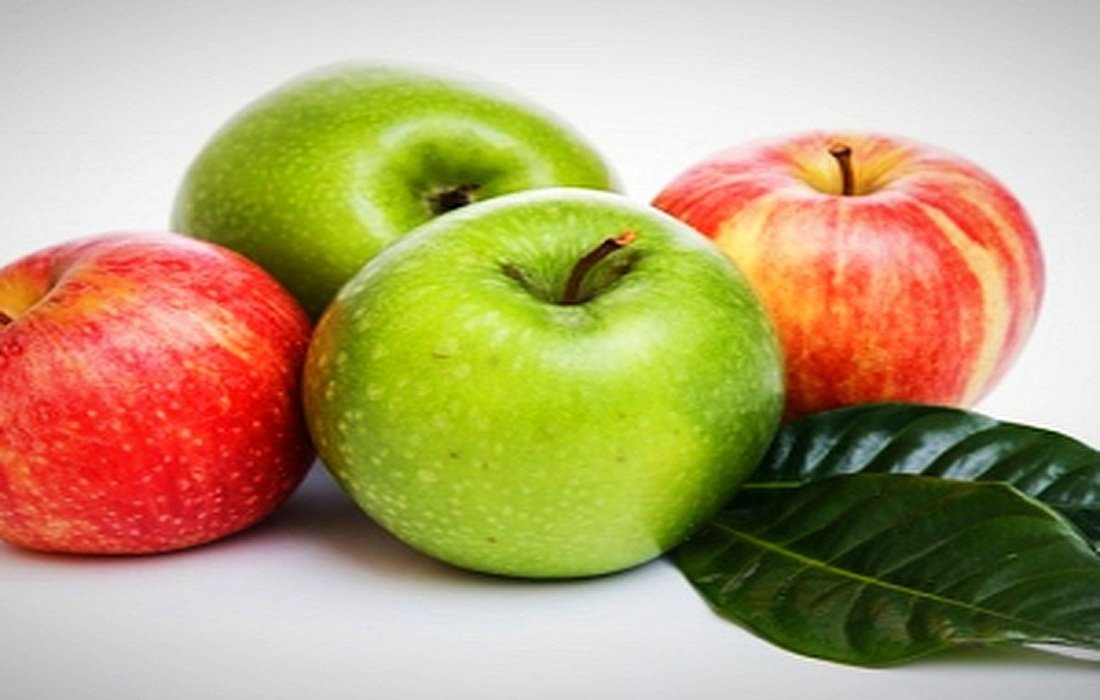Calories of ApplesYellow, Red andApplesGreen and Tart
The calories in a small apple differ from a medium or large apple, but in this section regarding apple calories, we consider the average size of this fruit and list the calories of Grape Apples.Apple Juiceand the calories of cooked apples and more have been listed for you to see in this section ofSelMagzfor your observation.
Calories of Red Apples
Each Red Apple contains 109 to 116 calories.

Calories of Green Apples
Each Green Apple contains 104 calories.
Calories of Tart Apples
Each Tart Apple contains 95 calories, which is why Tart Apples are chosen forWeight LossandWeight Reductionoptions.
Calories of Grape Apples
The calories of Yellow Grape Apples are 56 kilocalories per 100 grams.
Calories of Apple Juice
Calories of Apple Juice are 46 kilocalories per 100 grams.
Calories of Cooked Apples
Every 100 grams of medium cooked apples contains 53 calories.
CaloriesApple Compoteor cooked apples
contain 95 calories per 100 grams of compote.
How to Burn Calories from an Apple
To burn the calories from a red apple, you can choose one of the following methods:
Swim for 10 minutes.
Walk briskly for 14 minutes.
Bike for 18 minutes.Do cycling.Walk leisurely for 33 minutes.
These activities can help you burn the calories consumed from eating red apples and maintain health and
fitnesslevels. For better results, you can combine these activities with a varied exercise program and a suitable diet plan.Nutritional Value of Apples

Carbohydrates: 27.6 grams
Sugar: 20.8 grams
Fiber: 4.8 grams
Protein: 0.5 grams
Fat: 0.3 grams
Sodium: 2 milligrams
Potassium
: 214 milligramsVitamin C
: 9.2 milligramsVitamin A: 6 micrograms
Vitamins and Minerals in Apples
Apples contain important vitamins and minerals, including:
Vitamin C:
Apples are a good source of Vitamin C, which is a strong antioxidant and plays an important role in maintaining skin health, immune system, and tissue repair.Potassium:
Apples contain a significant amount of potassium, which is important for muscle function, controllingblood pressureand maintaining heart health.Antioxidants in Apples

The presence of antioxidants in apples cannot be overlooked, including:
Quercetin:
This antioxidant has anti-inflammatory, antiviral, anti-cancer, and antidepressionproperties. catechins:
This antioxidant is found not only in apples but also ingreen teaand can improve brain and muscle function.Chlorogenic Acid:
This antioxidant is present in apples as well as incoffeeand can help lowerblood sugarand assist with weight loss.Benefits of Eating Apples
Apples have numerous properties, some of the most important include:
Controlling Blood Sugar and Preventing
Type 2 DiabetesThe fiber in apples helps reduce glucose absorption and control blood sugar. This fruit can help lower the risk of
Type 2 Diabetes.Lowering CholesterolThe fiber in apples can reduce blood cholesterol, which can help prevent heart disease and heart problems.
Preventing CancerApples contain various antioxidants like quercetin, which can help prevent certain cancers such as
lung cancer
and
colon cancer.Apples and Weight LossApples are recognized as a healthy option for weight loss. This is due to their specific features:Dietary Fiber:Apples are rich in fiber, which increases fullness and helps you feel satisfied for a longer time. This helps you consume fewer calories from other foods and consequently lose weight.

Low Calories: Apples have a relatively low calorie count; thus, consuming them as a snack or appetizer can help control calorie intake and promote weight loss.
Filling:
Due to the fiber and water content in apples, eating them can increase the feeling of fullness and decrease the need to consume large amounts of otherfood items.
Antioxidants:
The antioxidants found in apples can help maintain health and reduce the risk of chronic diseases.Possible Side Effects of ApplesApples may cause side effects for some people. Two common side effects of consuming apples include:Gastrointestinal Irritation
Some individuals may experience irritation in their intestines due to the fiber in apples and the combination of fructose (fruit sugar) and sorbitol (a type of sugar alcohol found in apples). This can lead to gas and stomach pain.Fructose Intolerance
Some individuals may have difficulty digesting fructose, which is a type of fruit sugar, and experience problems when eating apples. This can lead to diarrhea,
bloating
and stomach pain.
Red Apples
Calories of Apples
WalkingBurning Calories from ApplesTypes of Apples







